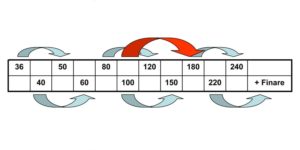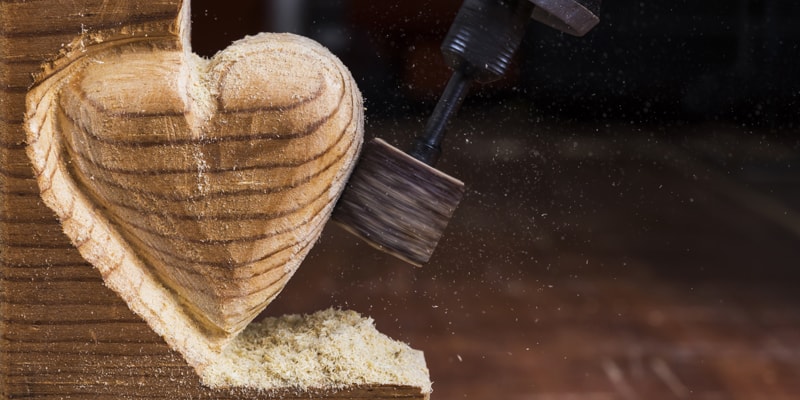There is the FEPA (The Federation of European Produsers of Abrasives) system in Europe marking the grite size of abrasive materials in which occasion in the abrasive grains sieving process the grite size number shows the number of sieve openings per one square inch long edge.
So, putting the sieved abrasive grains next to each other, we can see how many abrasive grains can fit on one inch (25,4 mm) long line. For example, if the density is 80 one inch (25,4 mm) thick, the grite size is the same 80. The letter „P“ is used in front of the number in addition to the numeric grite size sign. The letter „P“ indicates that the abrasive is in accord with the standard measures of FEPA.
Generally, the higher the grite size number, the finer the abrasive is.
As a rule, for heavy stock materials removal the lower grite abrasive materials must be used. P40 – P80 grite abrasive materials can remove approximately 1,3 mm to 0,6 mm respectively.The medium grite abrasive materials are using for lighter stock removal. P100 – P120 grite abrasive materials can remove approximately 0,4 mm to 0,25 mm respectively. The abrasive materials in grite from P150 and upwards should only be used for surface finishing and are not for stock removal.
The correct grit size is determined by many factors:
- What must be the final surface finish?
- How many sanding heads can be used?
- What kind of heads are there in the sanding machine: roller (hardness) and pad (width and density)?
- Do the sanding machine have a cross belt?
- Will the wood be stained or natural?
The choice of the right grite size of abrasive materials depends on the answers to all these questions. The most important thing to remember is: never to jump more than one grit step. The grite size of abrasive materials table is added here:

Moving as shown in the table and going directly from grit P100 to grit P180, the grit P180 can’t remove the scratches left from the grit P100. Therefore, only two steps at a time – from grit P100 to grit P150.

